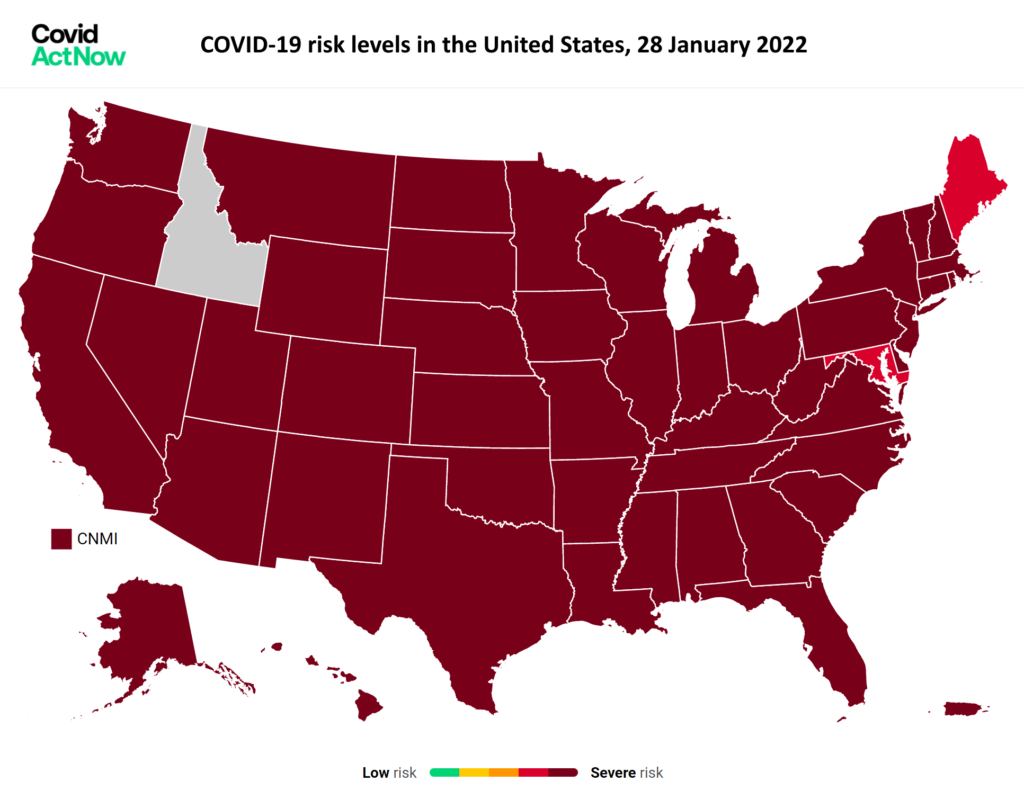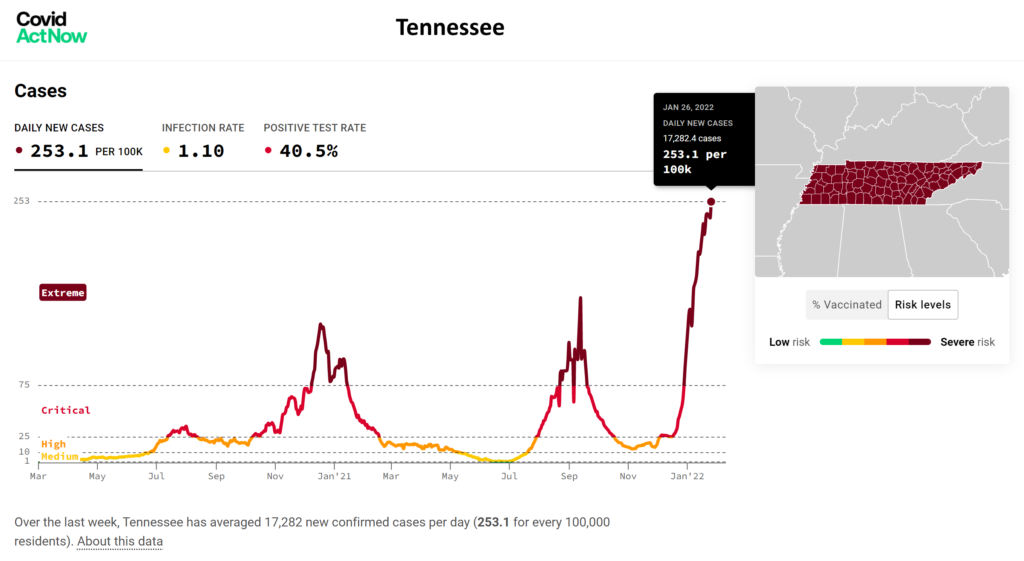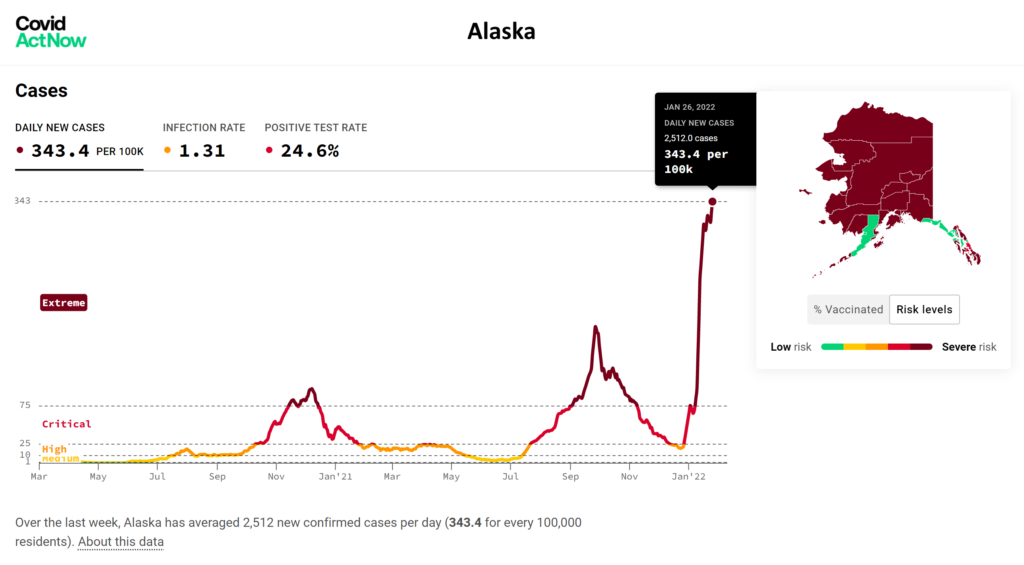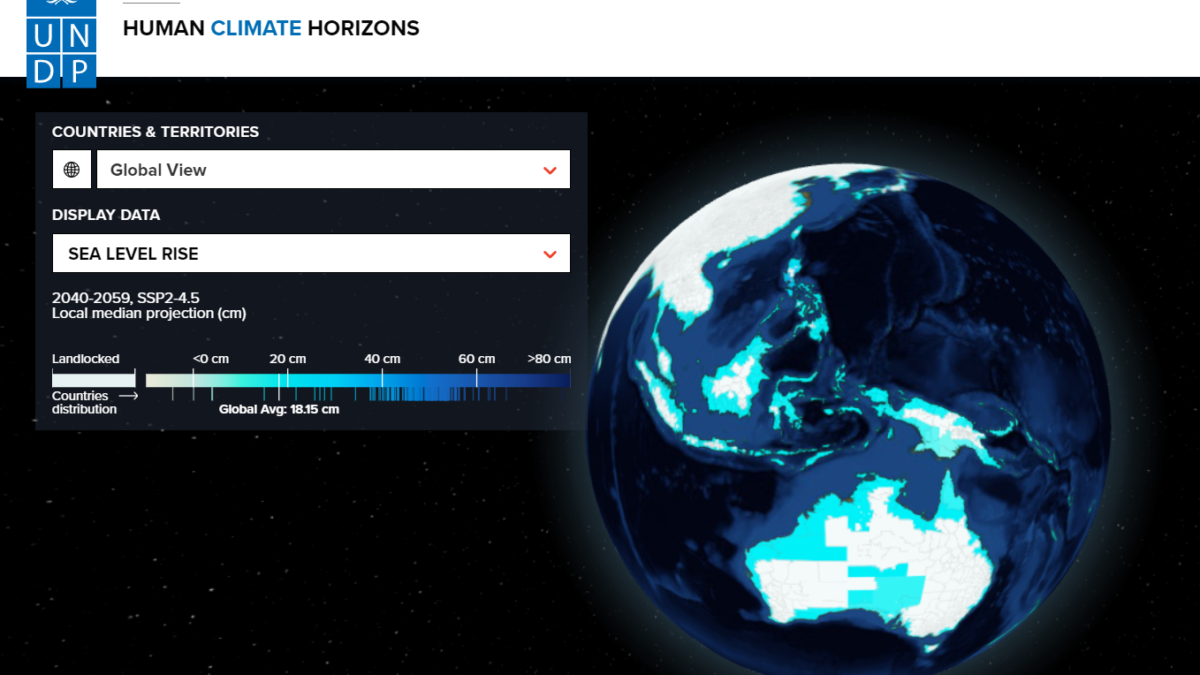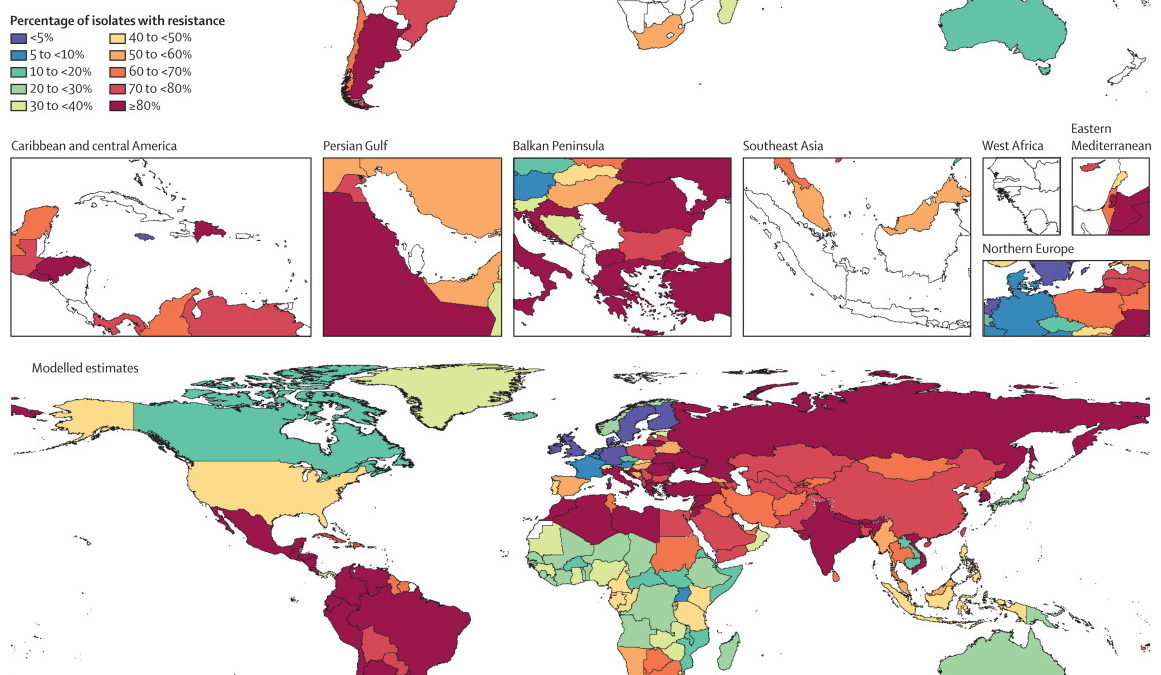The rise of anti-vaccination social movements in a COVID-19 Infodemic era – “This pandemic has driven the largest-ever human behavior change at scale”
By Hazel Wallace
22 January 2022
(LinkedIn) – According to the World Health Organization (WHO), immunisation is a global health success story. Thanks to vaccines that help prevent over 20 infectious diseases, 2-3 million lives are saved every year. These vaccinations are one of the greatest investments for primary healthcare to underpin global health security and a vital tool against the current COVID-19 pandemic.
However, vaccine hesitancy, proliferation of health misinformation and disinformation, and a growing phenomenon of the anti-vaccination social movement could jeopardise what has been achieved so far, leading to re-emerging infectious diseases, and opportunity for further disease variants to develop.
In 2019 WHO placed vaccine hesitancy in the top ten threats to global health, it is a complex issue referred to as a ‘wicked problem’. “We’re not just fighting an epidemic; we’re fighting an infodemic,” said WHO Director-General Tedros Adhanom Ghebreyesus, “fake news spreads faster and more easily than this virus, and is just as dangerous”.
An infodemic is a new social issue referring to the excessive amount of correct and incorrect information available during a health crisis, propagated by globally interconnected multimedia ecosystems. Infodemics are amplified rapidly through new social and traditional mass media, exacerbated by the characteristics and susceptibilities of digital platforms, with events that generate a high demand for information being exploited by bad actors, impacting public behaviour and trust in the local, national, and global COVID-19 response.
While anti-vaccination sentiment and narratives are as old as vaccines themselves and minority communities have always raised voices against vaccination, vaccine reluctance and complete refusal are no longer limited to the fringe of society and instead becoming mainstream by finding audiences where they never previously existed. Campaigning anti-vaxxers have made it their mission to communicate with those seeking health information and push a dialogue of fear and division during times when emotional uncertainty and anxiety is already high, offering alternative facts and products to mainstream institutions. The alternative wellness and healthism movement has been entangled with the anti-vaccine movement since well before the COVID-19 pandemic, but the consequences are now greater than ever.
The COVID-19 health event has generated tighter online, connections between self-organised clusters of vaccination undecided communities such as parents, pet lovers, people interested in food and those with illness seeking general health information, and existing networks of wellness, alternative health and anti-vaccination communities. Heightened times of uncertainty and traumatic events also provide bad actors increased opportunity to exploit these online campaigning social movements and information seekers at the tipping point of behavioural intent (the moveable middle), in what has been described as information- or cyber-warfare. […]
The COVID-19 pandemic has changed the lives of everyone all over the world and placed a strain on science and technology to provide rapid solutions, yet an analysis of common keywords reveals a majority of communication has come from news bulletins, press releases, blogs, and product catalogues of commercial organisations focused on promotion campaigns. In the past, people used to turn to traditional gatekeepers of news media in a crisis, but during this pandemic there has been an overall rise of global news consumption with higher reliance on social media and the internet, indicating the public turn to easily available sources that offer real-time updates to fulfil their need for information.
This pandemic has driven the largest ever human behaviour change at scale, and technology has become a lifeline for human connection, information, and communication. Historically, human communication emerged as a necessary collaborative activity for effective adaption to rapidly changing environments, an evolutionary response to problems and the need to (re)gain control over daily life. Humans distinguish themselves from other animals by enabling and expanding knowledge through communication, the need for information is as old as human existence itself.
But the production, acquisition and diffusion of knowledge is now a much more complex system, with technology and bad actors predicting, automating, influencing, and monetising our thinking, emotional responses and our behaviour, ultimately shaping the world around us, The regime of screens that serves up information to a knowledge-hungry public has attracted merchants of attention who have learned that nothing traps public attention like feeding our emotions and that some emotions are ‘stickier’ and therefore more profitable than others.
Our communication patterns online then reflect public attitudes, offline behaviours, and health status. Terry Flew has said, “a crisis always reveals something else” and, “the truth is not enough anymore, as truth without trust is meaningless”. When there is a lack of trusted information the infodemic is as equally fatal as the pandemic because the way we make sense of the world is now performed mutually through our experience within it and our emotional engagement with digital media, then exploited and manipulated by people wanting to make a profit, claims Mark Deuze. One 2020 study reported that 65% of online anti-vaccination content originated from just 12 main sources (nicknamed the ‘disinformation dozen’) and anti-vaccination activists campaigning on social media platforms reached more than 59 million followers spreading falsehoods and conspiracies about the safety of COVID-19 vaccines.
Consumers of digital media are the commodity and their attention is a valuable resource that generates economic value through advertising and data mining. Presenting itself as a faux-convenient service for the public, privately-owned platforms such as Facebook now use over 3.1 billion people to profit from the dissemination of both factual content and dangerous and divisive misinformation. The anti-vaccination movement alone could generate US$1 billion annual income, including as much as US$989 million from targeting 38.7 million anti-vaccination Facebook and Instagram accounts. Misinformation is sticky because it generates strong emotions, it is contagious and can spread like a virus and continue to influence people’s thinking, even after it has been corrected especially when framed in the format of a powerful story containing morsels of truth that offers answers to something we fear.
When a message or story is communicated repeatedly, it is a reliable way to make people believe something false, because familiarity is not easily separated from the truth. Known as the illusory truth effect, it is especially influential during times of uncertainty and when stories are framed using villain and hero tactics delivered from popular sources. This turns decision making into a performative act within a drama triangle, with people trying to figure out what to do as well as who is with them or against them in parasocial relationships that place the anti-vaxxers as opportunistic heroes with growing notoriety and alternative authority over facts and science, and governments, health experts and pro-vaccination campaigners such as Bill Gates in the roles of villain and scapegoats for negative outcomes.
One other explanation for these conspiracy and alternative beliefs is Terror Management Theory which proposes, driven by anxiety of death from ‘death primes’ such as a crisis, people adopt worldviews that allow them to deny reality. This addresses their fear and generates beliefs they are part of an important group, often resulting in superior displays of prejudice and troubling defensive actions. Human proportionality bias also empowers the tendency to assume big events must have big causes and plays a role in the ease in which people accept conspiracy theories and how misinformation becomes communicated in the mainstream. Adults can also display a negativity bias, or the propensity to attend to, learn from, and use negative information far more than positive information. [more]
The rise of anti-vaccination social movements in a COVID-19 Infodemic era
